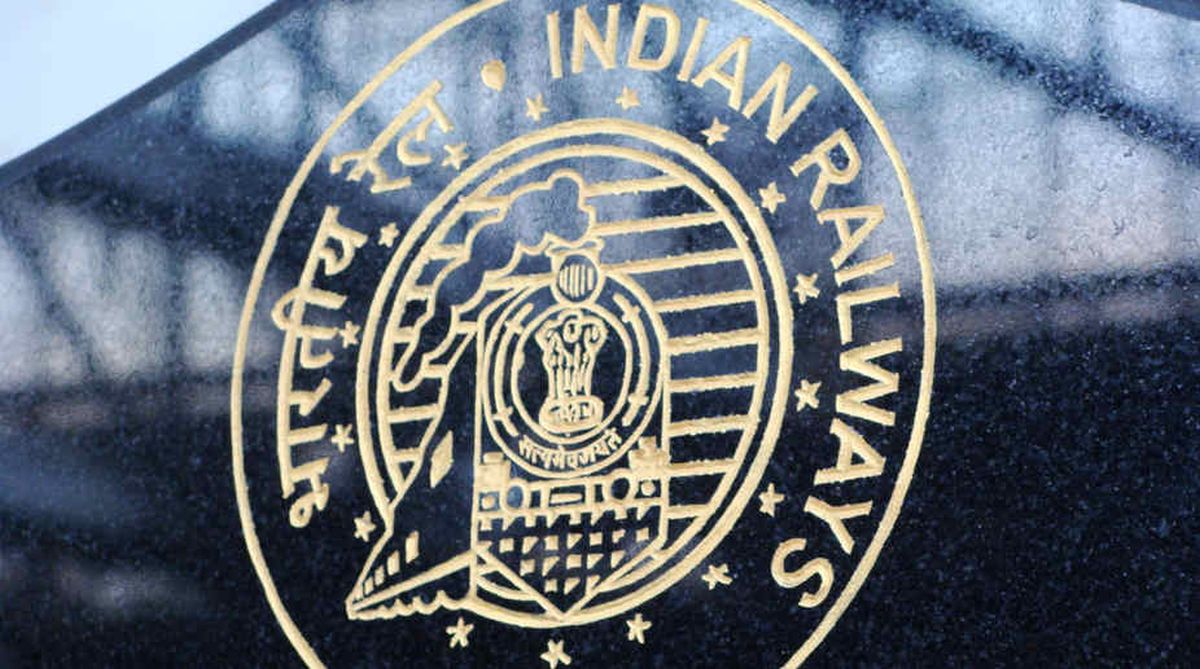Prayagraj Railways sets record with 222 Special trains on Mauni Amavasya
On the occasion of Mauni Amavasya, the largest Amrit Snan festival of Mahakumbh, over eight crore devotees took a holy dip in the sacred Triveni.

Representational Image (Photo: Flickr)
Recommending that the Railways should review the flexi-fare system, the Comptroller and Auditor General (CAG) in a report tabled on Friday said wherever dynamic or enhanced fare was introduced, occupancy has been very low.
The flexi-fare system is applicable for premier trains like Rajdhani, Shatabdi and Duronto. The proposal to introduce flexifare structure in Rajdhani, Duronto and Shatabdi trains was mooted in August 2016 by the Railway Board in order to achieve additional revenue generation of Rs 5800 crore in passenger earnings.
Advertisement
Rajdhani, Duronto and Shatabdi trains running in most sectors were highly popular with high average occupancy and contribute about 12 per cent of total passenger reservation system (PRS) earnings. CAG, however, has said that occupancy has fallen in these premier trains.
Advertisement
Given the negative feedback of the flexi-fare from passengers, the Railways has already constituted a committee to review the dynamic pricing of tickets. The committee is yet to give its recommendations.
The CAG report has analysed vacancy percentage in premier trains before and after the implementation of flexi-fare. After introduction of flexi-fare, the vacant berths which were 10.11 per cent of the total berth potential during September 2015 to July 2016 increased to 15.10 per cent during September 2016 to July 2017.
Even in terms of absolute numbers, the premier trains carried 2,40,79,899 passengers in the post-flexi fare period as compared to 2,47,36,469 passengers during pre-flexi fare period and thus registered a de-growth of 2.65 per cent passengers despite availability of higher number of berths. “This indicates that more number of passengers chose not to travel by train at significantly higher fare,” observed the report.
Despite the frequent delays and even cancellations of Mail and Express trains, passengers are preferring them instead of premier trains. “After the introduction of the flexi fare system, passengers preferred to travel by Mail and Express trains over the Rajdhani, Duronto and Shatabdi trains despite a higher travel time for Mail/Express trains,” CAG report observed.
The occupancy in AC3 has decreased substantially as per the data collected by CAG. The vacancy in AC3 has increased to 4.46 per cent. “Thus, the introduction of flexi fare in AC 3 tier class which was already a profit making class was not fair,” observes the CAG report.
Advertisement